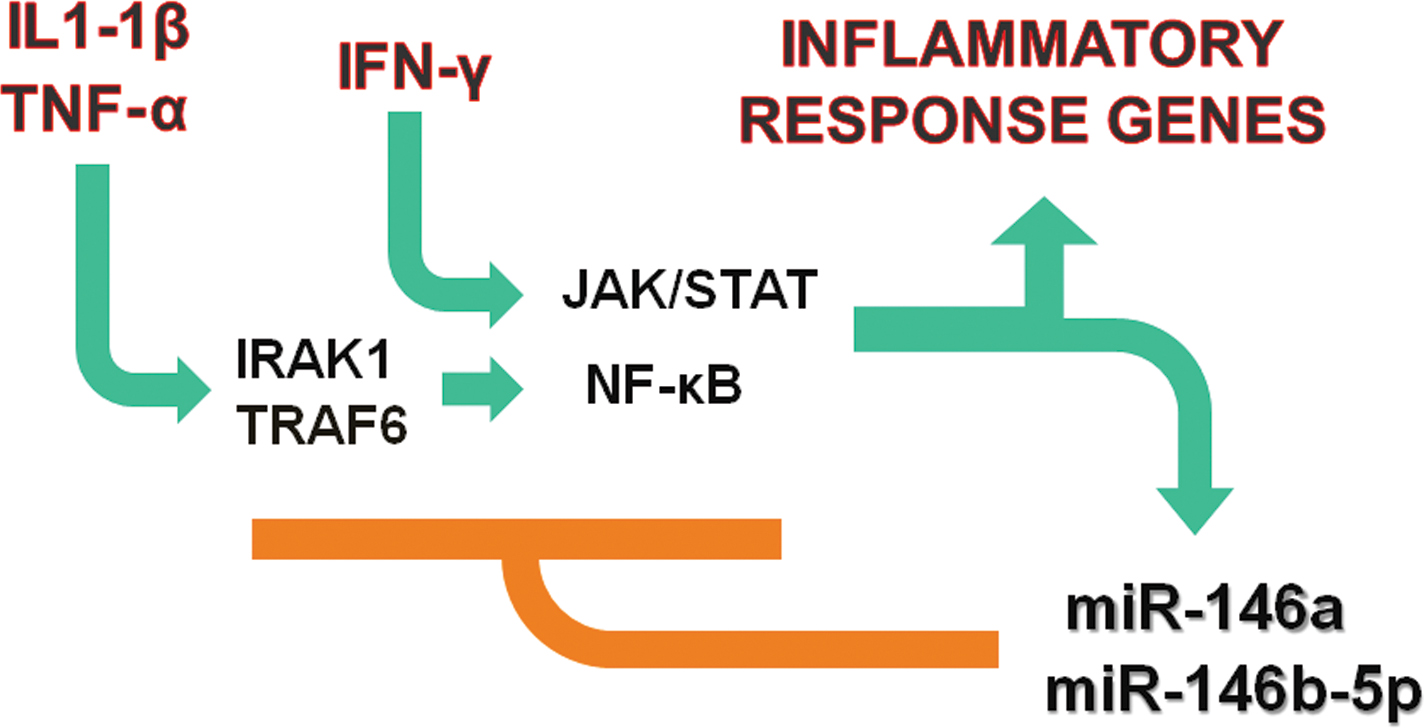Figure 12. MicroRNA-146a and microRNA-146b-5p can potentially negatively regulate the inflammatory response of the retinal pigment epithelium.
The schematic diagram shows that the retinal pigment epithelial (RPE) cells respond to the proinflammatory cytokines interleukin-1β
(IL-1β), tumor necrosis factor-α (TNF-α), and interferon-γ (IFN-γ) by increasing the expression of inflammatory response genes.
IL-1β and TNF-α regulate the gene expression by binding to specific cell surface receptors and thereby activating the nuclear
factor (NF)-κB signaling pathway. Interleukin-1-receptor-associated kinase-1 (IRAK1) and TNF receptor associated factor 6
(TRAF6) are known modulators of the NF-κB pathway. IFN-γ alters gene expression by interacting with its cell surface receptors
and then activating the Janus kinase (JAK)/signal transducer and activator of transcription (STAT) signal transduction pathway.
The activation of NF-κB and JAK/STAT pathways by the proinflammatory cytokines can also cause an increase in the expression
of miR-146a and miR-146b-5p in the RPE cells. Both miRNAs can then act as negative feedback regulators of the inflammatory
response by targeting IRAK-1 or other modulators of the NF-κB or JAK/STAT signal transduction pathways for translational repression.

 Figure 12 of
Kutty, Mol Vis 2013; 19:737-750.
Figure 12 of
Kutty, Mol Vis 2013; 19:737-750.  Figure 12 of
Kutty, Mol Vis 2013; 19:737-750.
Figure 12 of
Kutty, Mol Vis 2013; 19:737-750. 